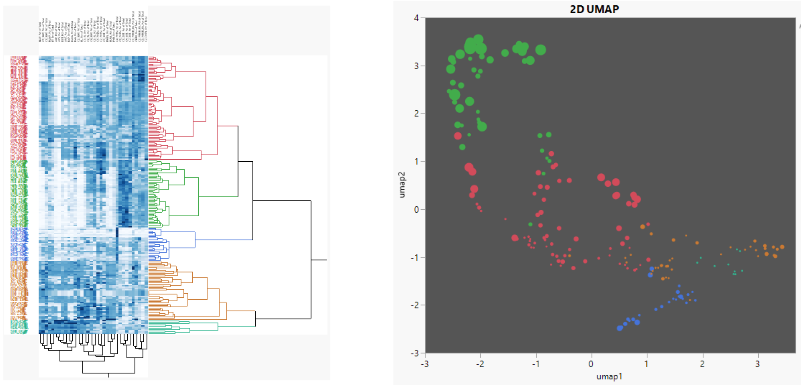
- Date: February 11, 2021
- Location: Virtual Event
Dr. Court Sandau has been invited to present to the Air Quality Research Division (AQRD) with Environment Canada on Thursday, February 11. His presentation, “Unscrambling Contaminant Mixtures to Determine their Sources and Chemical Fingerprints – PAH Case Study using RAMP Oil Sands Monitoring Data” is part of their ongoing 2021 seminar series.
Abstract:
The plethora of environmental data available for interpretation has necessitated environmental forensics to incorporate techniques used in big data analytics and receptor modeling (aka source apportionment). This evolution has compelled scientists to incorporate novel multivariate statistical models in order to interpret in-depth analysis of potential sources of contaminants within their chemical data. For chemicals like polycyclic aromatic hydrocarbons (PAHs), this new avenue of forensic investigation provides more contextual information comparatively to the historic source classifications such as pyrogenic or petrogenic These multivariate statistics models not only provide qualitative information about the source, but can also provide quantitative information for source apportionment in forensic investigations. This is accomplished using receptor models to predict likely sources, referred to as end-members and the proportion of that end-member in each sample. Source apportionment modeling is an accepted technique in litigation disputes involving environmental contaminants in the US and a powerful line of evidence to build on in addition to the PAH fingerprints and diagnostic ratios.
Receptor modelling is in its infancy for real world applications. Complex chemical mixtures coupled with chemical measurement uncertainties, data variability and sampling density all play roles into how receptor models can predict likely end-members (sources) and calculate end-member contribution in a sample. Chemistry Matters has been conducting research on receptor modelling on chemical mixtures such as PAHs, PCBs, chlorinated dioxins and furans, petroleum hydrocarbons and metals in dust, air, soil, sediment and water. These methodologies have been frequently used on real-world applications (projects and cases) as well as part of university research programs on the analysis of publicly available data.
This presentation will incorporate the publicly available sediment data for PAHs collected as part of the Regional Aquatics Monitoring Program (RAMP) program that was used for monitoring and assessment of PAHs around the Alberta Oil Sands area near Fort McMurray, Alberta. Our presentation will demonstrate how receptor modelling and chemical fingerprinting can be used to assess likely end-members (‘sources’) of PAHs in your datasets. The data will be used to illustrate how interactive multivariate statistics, geospatial analysis and how different source apportionment models can be used to understand what the data is telling you about endmembers present in your dataset as well as the contribution of those end-members to total contaminants. The presentation will also cover the fundamentals of PAH histogram plots and sample fingerprints and how diagnostic ratios and double ratio plots can be used to identify common PAH sources. A standardized workflow has been developed and applied to the dataset to illustrate how it can be used to: 1 systematically identify end-members, 2. Locate sources of end-members, 3. Build multiple lines of evidence supporting the identification of different end-members, and 4. Allocate amounts of contaminant sources (percentages or mass). This approach is applicable to most mixtures of environmental contaminants and the principals can be applied to most environmental media.
Meeting Information
Topic: AQRD Lunchtime Seminar Series
Webex link: https://canada.webex.com/canada/j.php?MTID=mde9825a48850e5e3b713274c7f6f1189
Date: Thursday, February 11, 2021
Time: 12:00 – 13:00 pm, Eastern Daylight Time (New York, GMT-04:00)
Meeting Number: 179 725 0619
Meeting Password: AQRDseminar2020!

 Provides expert support to projects involving litigious or contentious subjects. These expert witness services are founded on chemistry principles and proper application of scientific methods.
Provides expert support to projects involving litigious or contentious subjects. These expert witness services are founded on chemistry principles and proper application of scientific methods.